Lecture 1: Introduction to astrophysical simulations
Institute for Physics and Astronomy, University of Potsdam
October 17, 2024
1 Lecture overview
1.1 Lecture time
- Thursdays 12:15 – 13:45
- Building 28
- Room 0.087 (Computer room)
- Do not hesitate to contact me: jan.benacek@uni-potsdam.de
Table of Contents 1/2
- 17.10. Introduction + numerical methods summary
- 24.10. Numerical methods of differential equations — lecture + hands-on
- 31.10. Test particle approach — lecture
- 07.11. Test particle approach — hands-on
- 14.11. PIC method — lecture
- 21.11. PIC method — hands-on
- 28.11. Fluid and MHD — lecture
Table of Contents 2/2
- 05.12. Fluid and MHD — hands-on
- 12.12. Canceled
- 19.12. Canceled
- 09.01. Radiative transfer — lecture + hands-on
- 16.01. HPC computing — lecture + hands-on
- 23.01. Advanced — Smooth particle hydrodynamics method — lecture
- 30.01. Advanced — Hybrid, Gyrokinetics — lecture
- 06.02. Advanced — Vlasov and Linear Vlasov dispersion solvers — lecture
1.2 Computer access and skills
Slides available here: https://www.app.physik.uni-potsdam.de/~jbenacek/ASPS/ASPS.html
Option 1, recommended:
Use local computers
https://www.astro.physik.uni-potsdam.de/~htodt/cp/index_en.html
Option 2:
Using own computers
Interactive processing in Jupyter Lab
Programming in Python
Libraries NumPy, SciPy, and Matplotlib
1.3 Evaluation
- Mandatory presence at all hands-on sessions
- The presence can be replaced by a homework hands-on session — individually assigned
- Carefull! The schedule may change
2 What is plasma?
2.1 Plasma phenomenology

- Partially or fully ionized (Saha equation)
- High electrical conductivity
- Quasi-neutral
- Collective behaviour
- Magnetic forces
2.2 Plasmas on Earth



2.3 Earth’s ionosphere
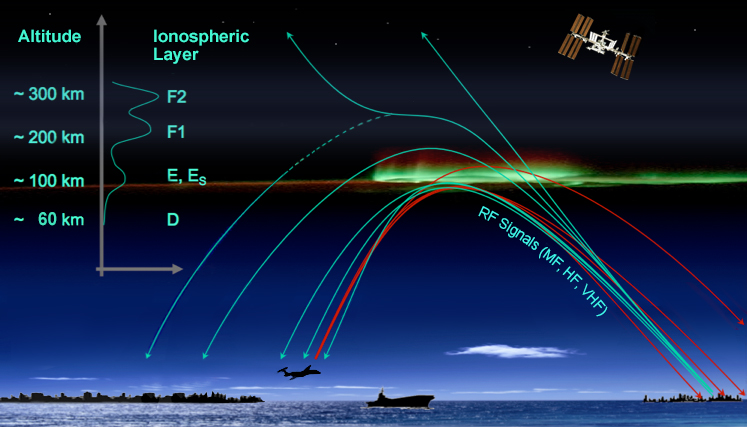
2.4 Earth’s aurora
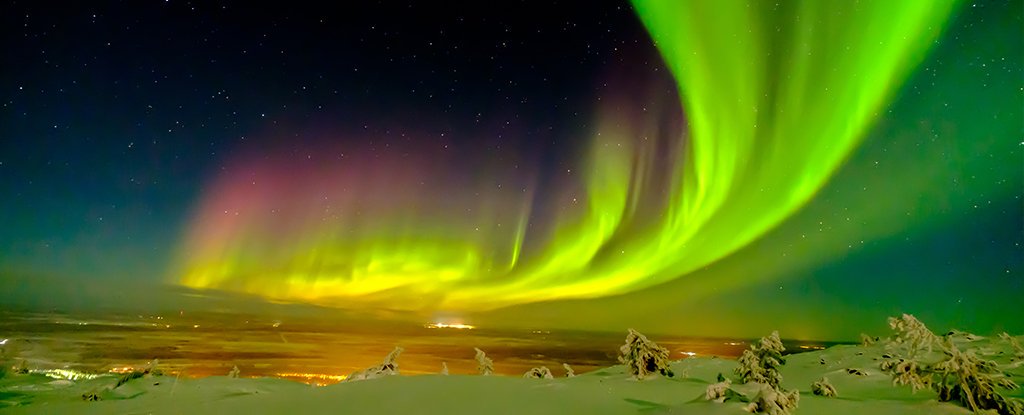
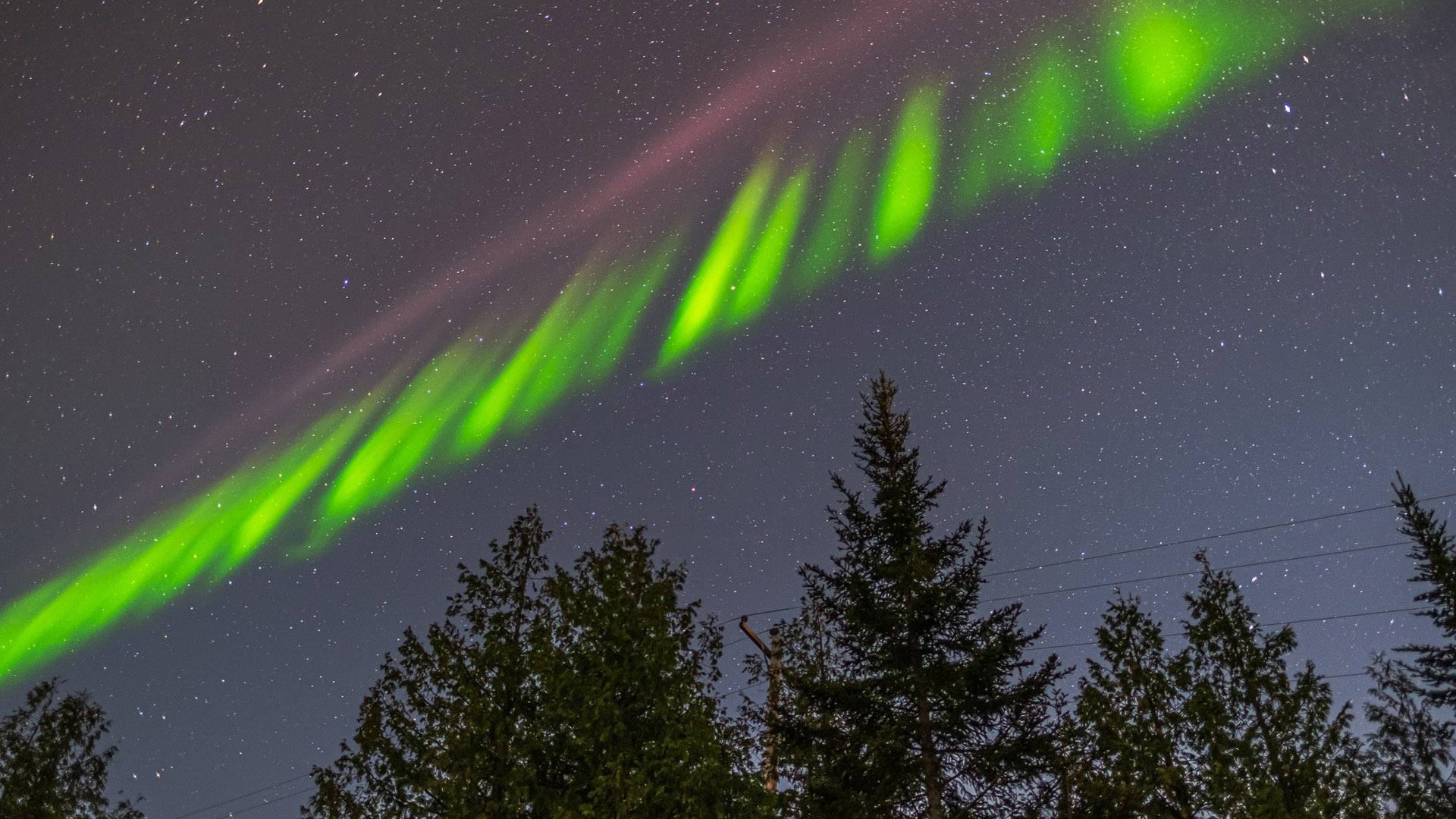
Credit: Space.com
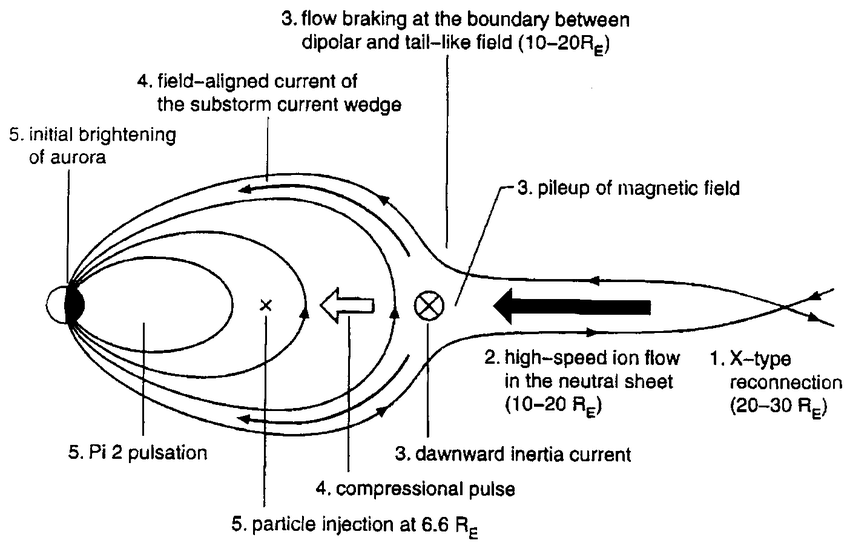
2.5 Earth’s magnetosphere
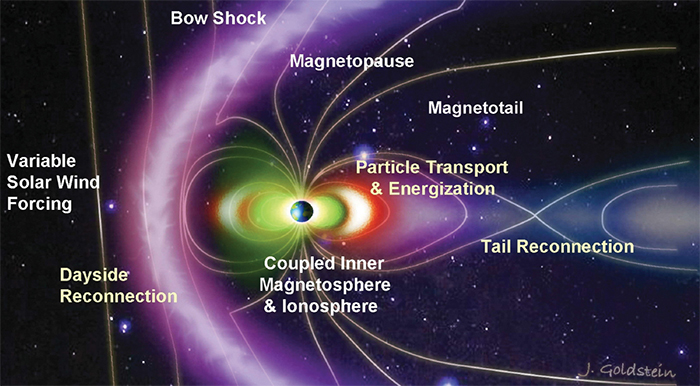
2.6 From the Sun to the Earth

2.7 Sun/Stars
- Solar photosphere
- Solar atmosphere: Chromosphere, Corona.
![]()
CME eruption on the Sun (SDO)
2.8 Comets
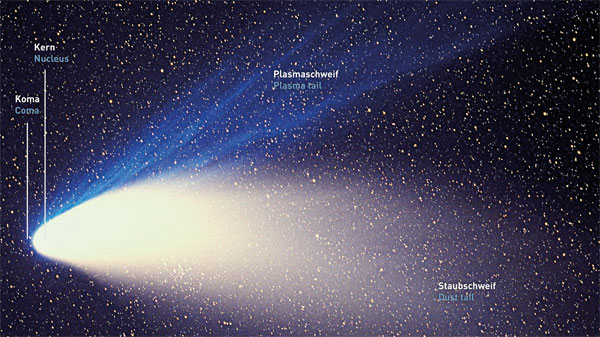
Comet Hale Bopp 1997
2.9 Interstellar medium (ISM)

Star formation regions in the Large Magellanic Cloud
2.10 Pulsar magnetospheres
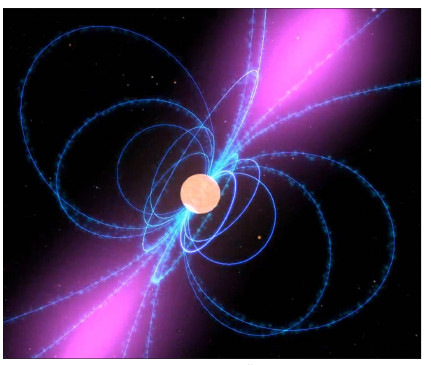
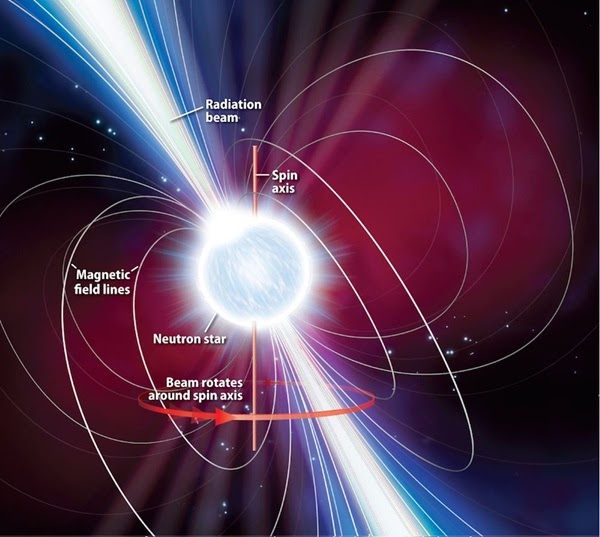
2.11 Your turn
- Did you have an introductory course into plasma physics?
- What are the main conditions to characterize the medium as a plasma?
- Name examples of space environments are and are not plasmas.
- What is your favorite space plasma environment and why?
3 Examples of astrophysical and space simulations
3.1 Examples of simulations
- Particle in Cell (PIC) simulation of a wave propagating through a plasma: https://www.youtube.com/watch?v=MlNxgmPVF6U
- Vlasov Euler simulation of two-stream instability: https://www.youtube.com/watch?v=VAPpga9zBEY
- 3D radiative magnetohydrodynamic (MHD) simulation of solar flare: https://www.youtube.com/watch?v=kyhsBqB2x_Y
- Vlasor or MHD simulation of Carrington event: https://www.youtube.com/watch?v=dVS4Q4VgDxk
- Particle simulation of interacting galaxies: https://www.youtube.com/watch?v=YCbIjZEtmcY
- Particle simulation of galaxy formation: https://www.youtube.com/watch?v=O674AZ_UKZk
- Particle Millenium simulation: https://www.youtube.com/watch?v=yyfpFfWq7Bc
- Smooth Particle Hydrodynamic (SPH) simulation of two interacting sheres (stars?): https://www.youtube.com/watch?v=At25qAQNryc
3.2 Your turn
- Did you hear about any space simulation before? Do you know more details?
- Did you personally run/try to run any simulation? What kind of simulation was it?
- How can we measure computing power that is necessary to run simulations?
- Can you estimate the computing power to run the simulations from previous slide?
4 Plasma properties
4.1 Plasma parameters
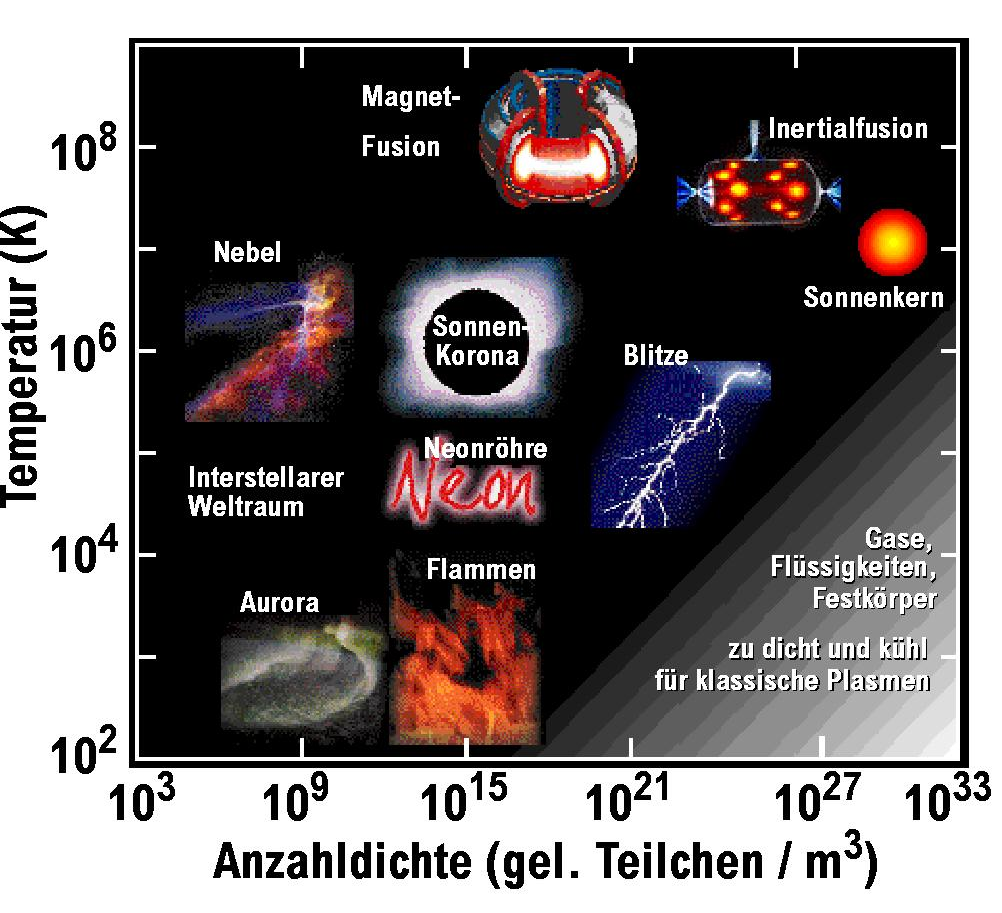
- Temperature
- Number density
- Magnetic field (not in the figure)
- Cold plasmas
- Hot plasmas
4.2 Collisions in plasmas
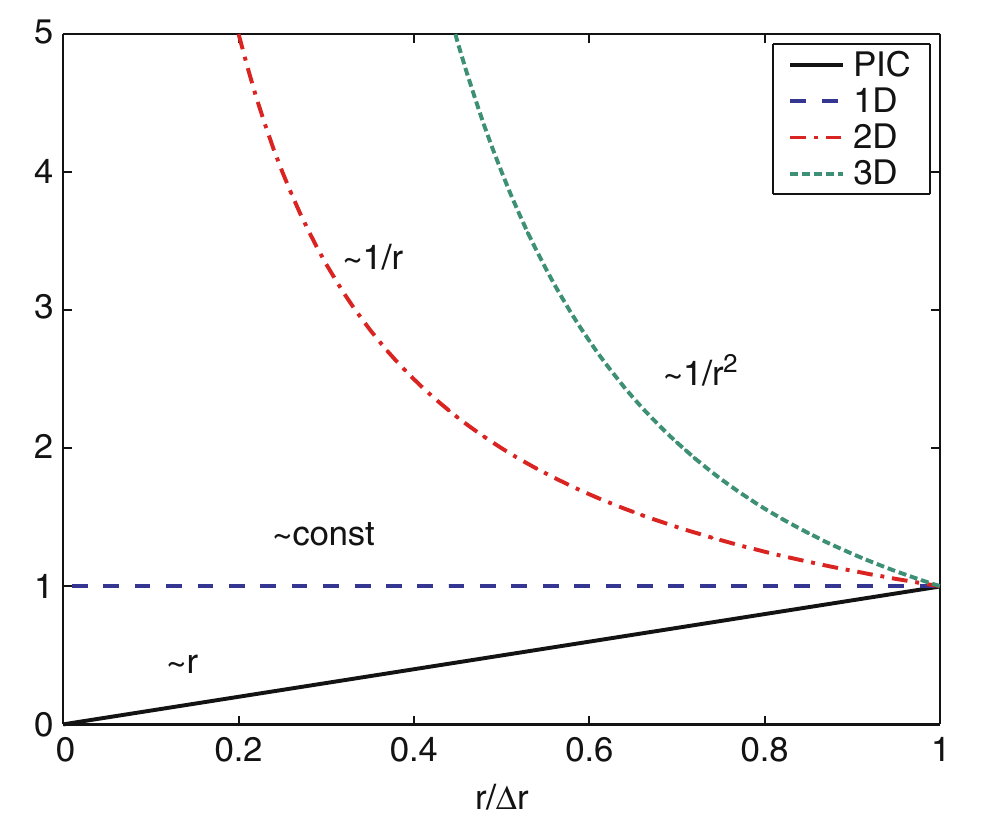

- Plasmas can be partially or fully ionized.
- Scattering is different: collisions among and with neutrals: large angle scattering.
- Charged particles: smooth small angle scattering only.
- Collisions enforce thermal equilibrium.
4.3 Length scales: Debye length
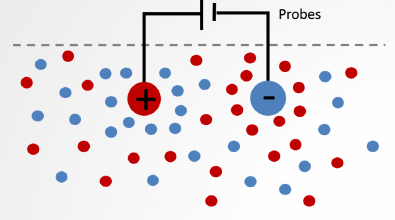

- The Coulomb potential of each particle is shielded by other charges \[\phi_D=\frac{q}{4\pi\epsilon_0 r}\exp\left(-\frac{r}{\lambda_{De}}\right).\]
- The electrostatic potential is screened out on distances larger than the Debye length \[ \lambda_{De} = \sqrt{\frac{\epsilon_0 k_B T_e}{n_e e^2}}. \]
- The plasma is quasi-neutral only for distances \(L\gg \lambda_{De}\).
- At sub-Debye length scales, charge separation occurs.
- An ideal plasma must have a sufficient number of particles in a Debye sphere to enforce their collective behavior. Plasma parameter \[ N_D=n_e \left( \frac{4}{3}\pi \right)\lambda_{De}^3 \gg 1. \]
4.4 Time scales: Plasma frequency
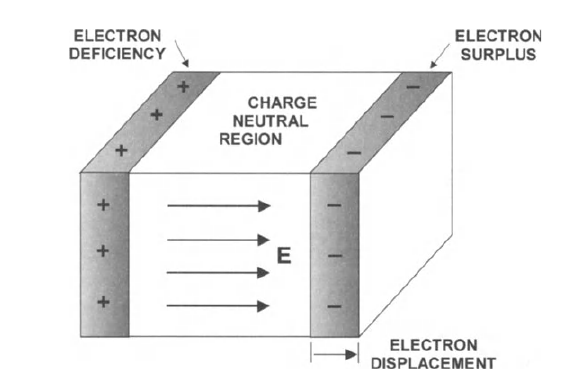

- Plasma frequency \[ \omega_{pe}=\sqrt{\frac{n_e e^2}{\epsilon_0 m_e}}. \]
- Typical response of electrons to restore quasineutrality when disturbed by external forces.
- Note that \[ \omega_{pe}= \frac{v_{th,e}}{\lambda_{De}}=\frac{\sqrt{\frac{k_BT_e}{m_e}}}{\lambda_{De}}. \]
- Collective behaviour
4.5 Time scales: Magnetic field and gyromotion
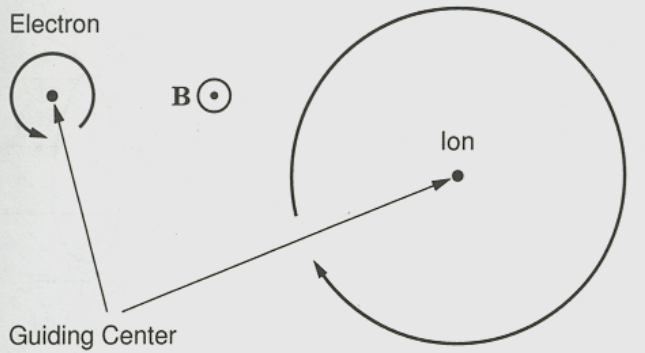

- Single particle motion and Lorentz force \[ m\frac{d\vec{v}}{dt}=q\vec{v}\times\vec{B} \]
- Gyro/cyclotron/Larmor-frequency \[ \Omega_c=\frac{qB}{m} \]
- Gyro/Larmor-radius \[ \rho=\frac{|v_{\perp}|}{\Omega_c}=\frac{m|v_{\perp}|}{|q|B} \] (usually \(|v_{\perp}|=v_{th}\)).
- Ratio of thermal to magnetic pressure. Plasma-\(\beta\) \[ \frac{nk_BT}{\frac{B^2}{2\mu_0}} \propto \left(\frac{\omega_{pe}}{\Omega_{ce}}\right)^2\left(\frac{v_{th}}{c}\right)^2. \]
4.6 Other relevant parameters
- Thermal speed \[ v_{th} = \sqrt{\frac{k_bT}{m}} \]
- Alfvén speed \[ V_A = \frac{B}{\sqrt{\mu_0 n m_i}} \]
- Ion skin depth/inertial length \[ d_i = \frac{c}{\omega_{pi}} = \frac{V_{A}}{\Omega_{ci}} \]
4.7 Plasma parameters
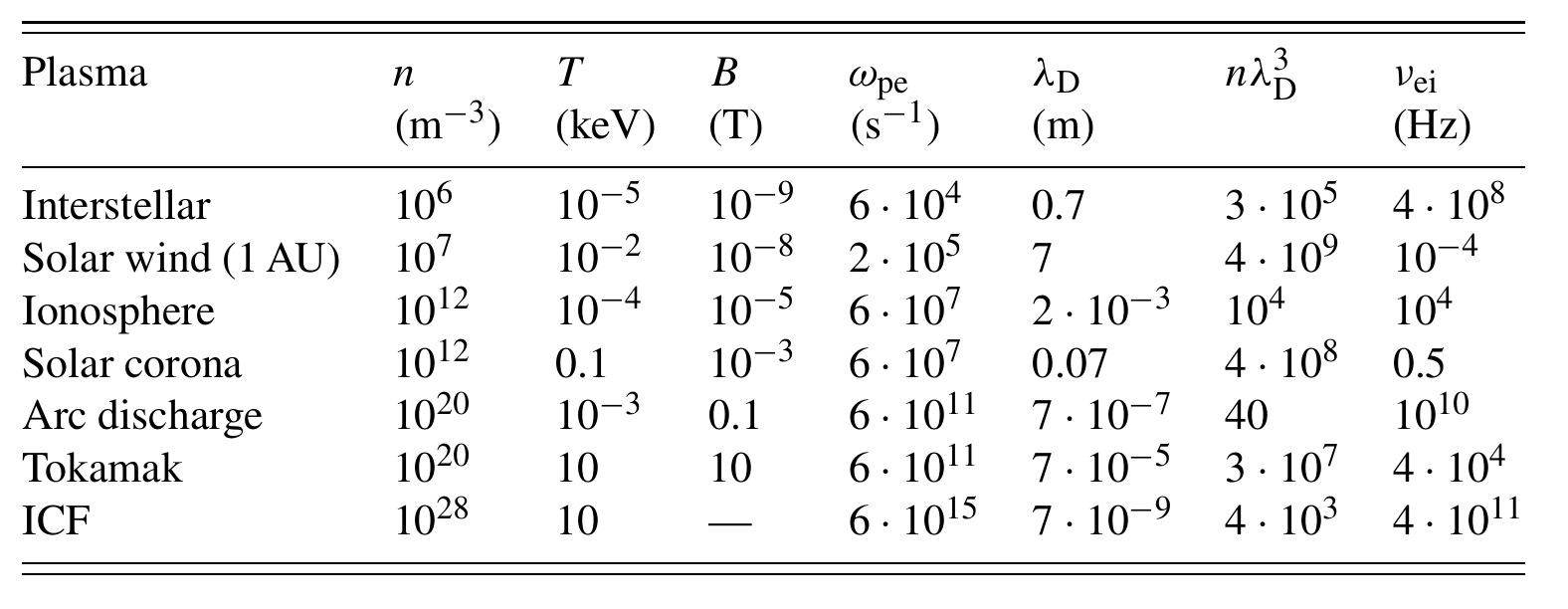
ICF = Inertial Confinement Fusion
4.8 Your turn
- Which main parameters can be used to describe a plasma?
- Select a parameter(s) and discuss its physical and intuitive meaning.
- What are approximative values of the plasma parameters in your favorite environment?
5 Plasma simulations
5.1 The role of simulations in science
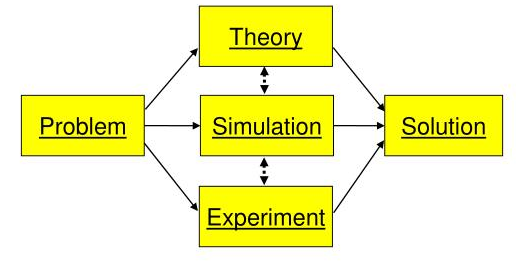

5.2 Hierarchy of plasma physics models
Kinetic description
Microscopic properties, it uses the velocity distribution function \(f(\vec{x}, \vec{v}, t)\).
Fluid description
Uses a few macroscopic quantities, averages of the distribution function (mean velocity \(v(\vec{x},t)\), pressure/temperature). Valid for exact or near thermodynamic equilibrium.
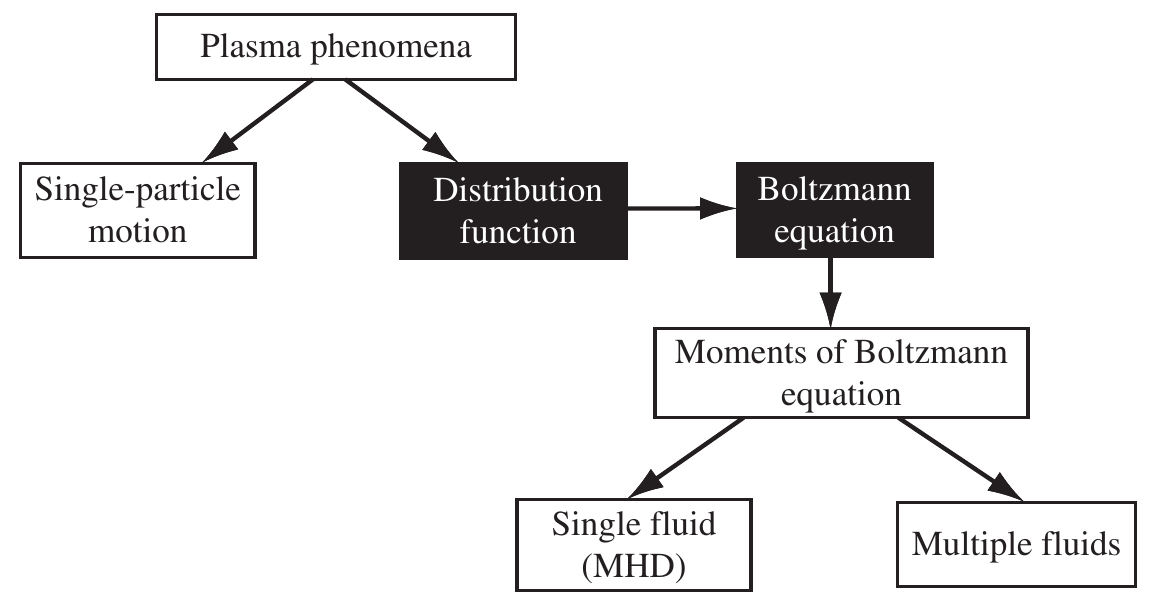
Hierarchy of plasma physics models
5.3 Validity of plasma models

Range of validity of different plasma codes based on typical magnetospheric parameters: \(n=50cm^{-3}\), \(B=50 nT\), \(T_e=T_i=100 eV\) (Winske and Omidi 1996).
5.4 Validity of plasma models
 Validity range of different plasma codes for a weakly collisional plasma [Credits: space.aalto.fi.]
Validity range of different plasma codes for a weakly collisional plasma [Credits: space.aalto.fi.]
5.5 Single-fluid MHD equations
Simplified single-fluid MHD equations (w/o explicit energy eq.)
\[ \nabla\cdot\vec{B}=0 \\ \nabla\times\vec{E}=-\frac{\partial \vec{B}}{\partial t} \nabla\times\vec{B}=\mu_0\vec{J} \\ \vec{E}+\vec{V}\times\vec{B}= \eta \vec{J}\\ \]
\[ \frac{\partial \rho}{\partial t} + \nabla(\rho\vec{V})=0 \\ \rho\frac{d\vec{V}}{dt} = \vec{J}\times\vec{B}-\nabla P\\ P=K\rho^{5/3} \]
5.6 Fully-kinetic/Vlasov description
Fully-kinetic equations
\[ \nabla\cdot\vec{E}=\frac{\rho}{\epsilon_0}\\ \nabla\cdot\vec{B}=0\\ \nabla\times\vec{E}=-\frac{\partial \vec{B}}{\partial t}\\ \nabla\times\vec{B}=\mu_0\vec{J}+\mu_0\epsilon_0\frac{\partial \vec{E}}{\partial t}\\ \]
\[ \left[\frac{\partial}{\partial t} + \vec{v}\cdot\frac{\partial}{\partial \vec{x}}+\frac{q_{\alpha}}{m_{\alpha}}\left(\vec{E}+\vec{v}\times\vec{B}\right)\cdot\frac{\partial}{\partial \vec{v}}\right]f_{\alpha}=0\\ \rho=\sum\limits_{\alpha} q_{\alpha}\int\limits dv^3\,f_{\alpha}\\ \vec{J}=\sum\limits_{\alpha} q_{\alpha}\int dv^3\,\vec{v}f_{\alpha} \]
5.7 Advantages and drawbacks of plasma simulations codes
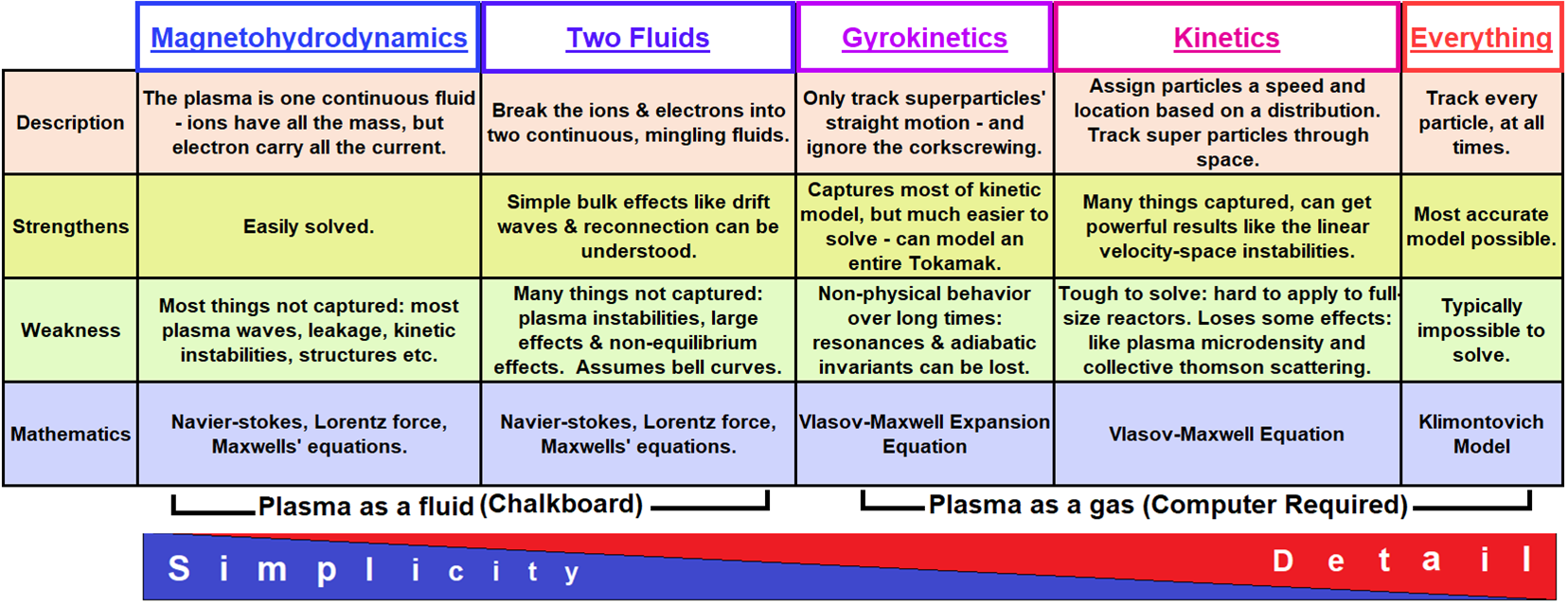
5.8 Your turn
- How would you characterize the relation between astronomical observations, theory, and simulations?
- Which example equations would use to describe the plasma?
6 Hands-on
6.1 Testing the computer setup
- Login to local computers using your student accounts
- Open command line
- Run Jupyter Notebook/Lab
- Load basic Python libraries Numpy and Matplotlib
- Plot an arbitrary analytical function (e.g., parabola, sin, cos,…)
If Jupyter Lab does not exist, run:
pip3 install --upgrade pip
pip3 install --user jupyterlab numpy scipy matplotlib
export PATH=$HOME/.local/bin:$PATHOR
- Instead of (1.–2.) Install and run Jupyter Lab on your computer.
